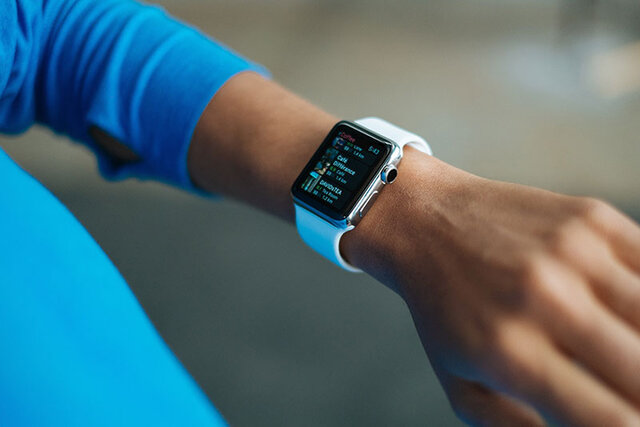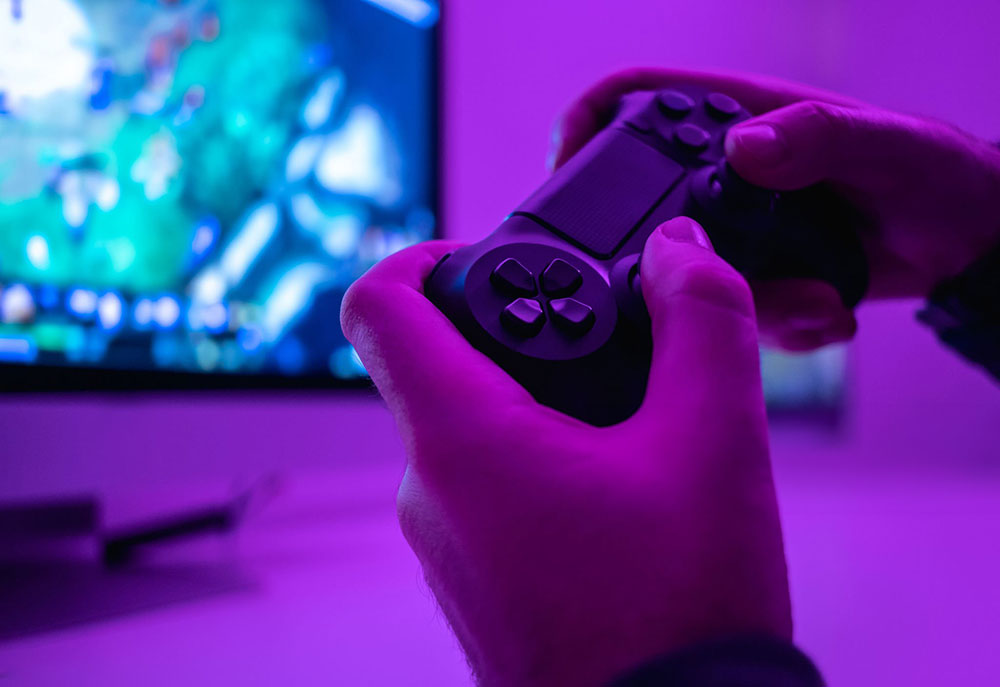6G Communication
Can 6G deliver on the Holographic & Tactile Communications promise
With the rapid development and integration of holographic and tactile technologies, the possibility of a fully immersive virtual world becomes more and more tangible.
Once only seen in science fiction movies like Star Trek, the concept of holographic technology has captivated humans for decades. What if, somehow, we could virtually project 3D objects and environments into our physical world? And what if we could even interact with these virtual objects tangibly, using touch and other sensations? These ideas may no longer be just a dream for the future. With the rapid development and integration of holographic and tactile technologies, the possibility of a fully immersive virtual world becomes more and more tangible.
Continue reading as we discuss this futuristic tech concept that may become a figuratively material reality within our lifetimes.
A brief crash course on Holographic and Tactile Communications
Holographic communications center around the science of holography, which refers to the process of recording and reconstructing three-dimensional (3D) objects onto two-dimensional (2D) planes. It was first conceptualized in the late 1940s but only became technologically feasible decades later.
Holographic technology works by using lasers to create an interference pattern that captures the light reflected off an object from different angles. This is then used to reconstruct a 3D image when viewed under proper lighting conditions. Unlike traditional images and videos, which are flat and do not change when viewed from different angles, holograms appear to have depth and can be seen differently depending on the viewer's perspective.
There's an increasing interest in bringing it to the digital world, where to date, our interactions have been limited to the senses of sight and sound.
Tactile communication, sometimes called kinesic communication, is the concept of using touch to convey a message or meaning. Unlike holography, it has existed since the dawn of time; scientists believe humans have been communicating through touch since the beginning of our species.
Tactile communication can take many forms, from a simple pat on the back to elaborate hand gestures. There's an increasing interest in bringing it to the digital world, where to date, our interactions have been limited to the senses of sight and sound.
The key to tactile communication in technology is haptic feedback, which refers to the use of touch sensations and forces to interact with a computer or virtual environment. This can be through devices like vibration motors, force sensors, and even gloves that simulate the sense of touch. Scientists have been tinkering with the idea for decades - as far back as the early 1970s according to available patents.
The main barriers standing in the way of widespread use in communication are the complexity of haptic technology, its high cost, and the sheer amount of data that would need to be transmitted in order for truly responsive devices to work.
Not all hope is lost, though. Many believe that 6G, the next level up in our 5G world, will have the bandwidth and processing power necessary to make haptic communication a reality.

The complexity of haptic technology, its high cost, and the sheer amount of data that would need to be transmitted in order for truly responsive devices to work are the main barriers.
What is 6G?
6G, also known as sixth-generation wireless technology, is the next generation of mobile communication networks. It is expected to be the successor of 5G and will provide even faster data speeds and lower latency than its predecessor.
Like previous generations (1G, 2G, 3G, 4G, and 5G), the development of 6G is driven by the increasing demand for high-speed and reliable connectivity. With more devices being connected to the internet and an ever-growing amount of data being transferred, there is a need for a more advanced wireless network to handle this demand.
What 6G might be able to do for Holographic and Tactile Communications
While still in its early stages of development, researchers and experts predict that 6G could potentially reach speeds of up to 1 terabyte per second (1000 gigabytes). This is over 50 times faster than the maximum speed promised by 5G.
6G technology also aims to significantly reduce latency, or the time it takes for a device to communicate with a network. Near-instantaneous ranges of just a few microseconds (1 microsecond = 0.001 ms) would open the door to countless interactive applications that require real-time data processing and high levels of precision, such as autonomous vehicles, remote surgery - and yes, holographic and tactile communication systems.
6G could potentially reach speeds of up to 1 terabyte per second (1000 gigabytes). Compared to the maximum speed promised by 5G, this is over
50 times faster
Progress in making Holographic and Tactile Communications a reality
Tech giants Microsoft and Google are reportedly making headway in their pursuits to bring holographic and tactile communications to life. The first company announced the release of its pioneering Hololens headset back in 2015 and has since come out with a second version, Hololens 2. Priced at just under $5,000, these wearable devices combine assets in the physical and digital worlds to provide users with an augmented mixed-reality experience.
The potential use cases are endless, and the value is especially pronounced in technical fields like healthcare, construction, and manufacturing. When integrated alongside simulated training or Building Information Modeling systems, headsets like the Hololens stand to unlock an entirely new era in both human problem-solving and learning.
Meanwhile, Google has been investing in the development of tactile communication technology for years. In 2021, it granted Professor Mounia Ziat over $71,000 to create a touch-based device specifically tailored to the small hands of deafblind students.
Android's TalkBack system fulfills a similar need for accessibility by providing individuals with disabilities a simple means of interacting with their devices via both touch and spoken language.
Mainstream consumers are also trying out tactile communication in the form of haptic feedback. This technology, which involves using vibrations or other sensations to simulate touch and texture on a user's skin, has been incorporated into everything from video game controllers to smartwatches.

Things will become even more exciting when holographic and tactile technologies fully integrate down the road. The Metaverse may seem like a distant concept, but with the rapid advancements in these areas, it may be closer than we think. Imagine being able to physically feel and interact with virtual objects and environments in a way that feels just as real as the physical world. It would open up endless possibilities for communication, education, and entertainment.
While the idea of three-dimensionally broadcasting your presence across space is certainly exciting, experts remind us that we're still quite far off from holographic communications being mainstream. Leaders in the space must continue experimenting with the technology to make it accessible and practical enough for widespread adoption. Buy-in from consumers will also play a big role in determining how real these concepts become in the future.